


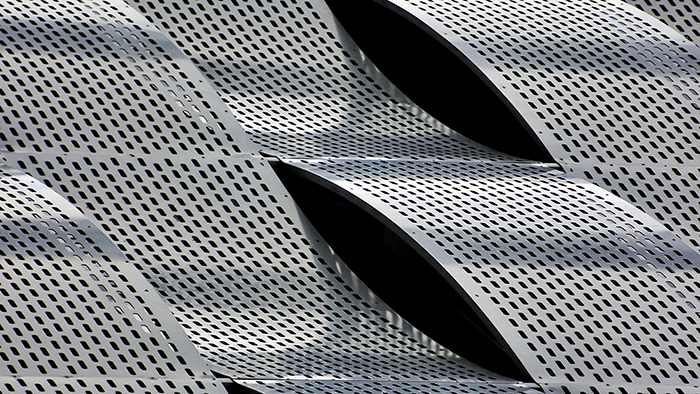

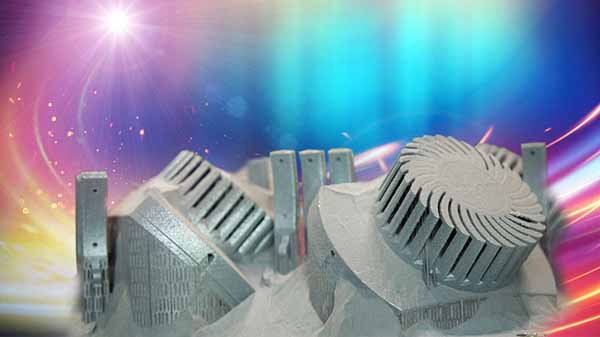
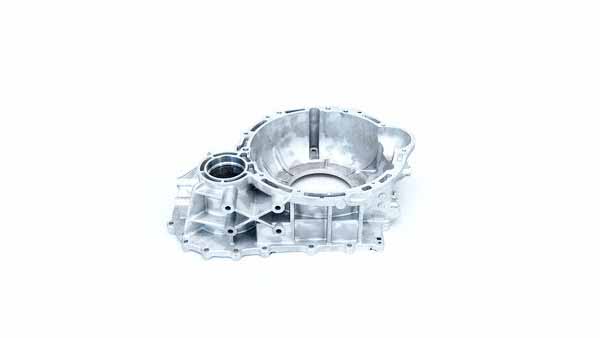
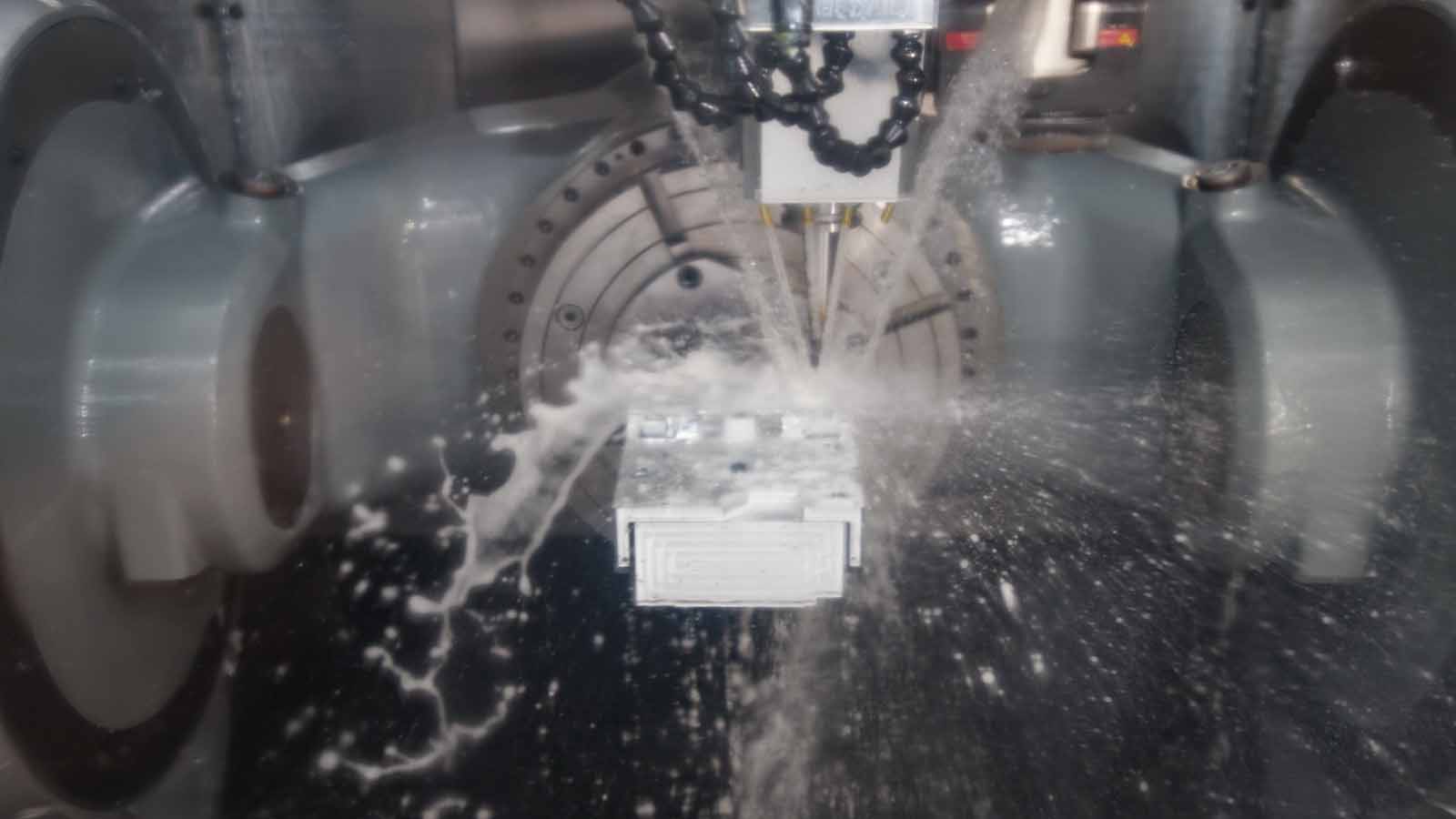


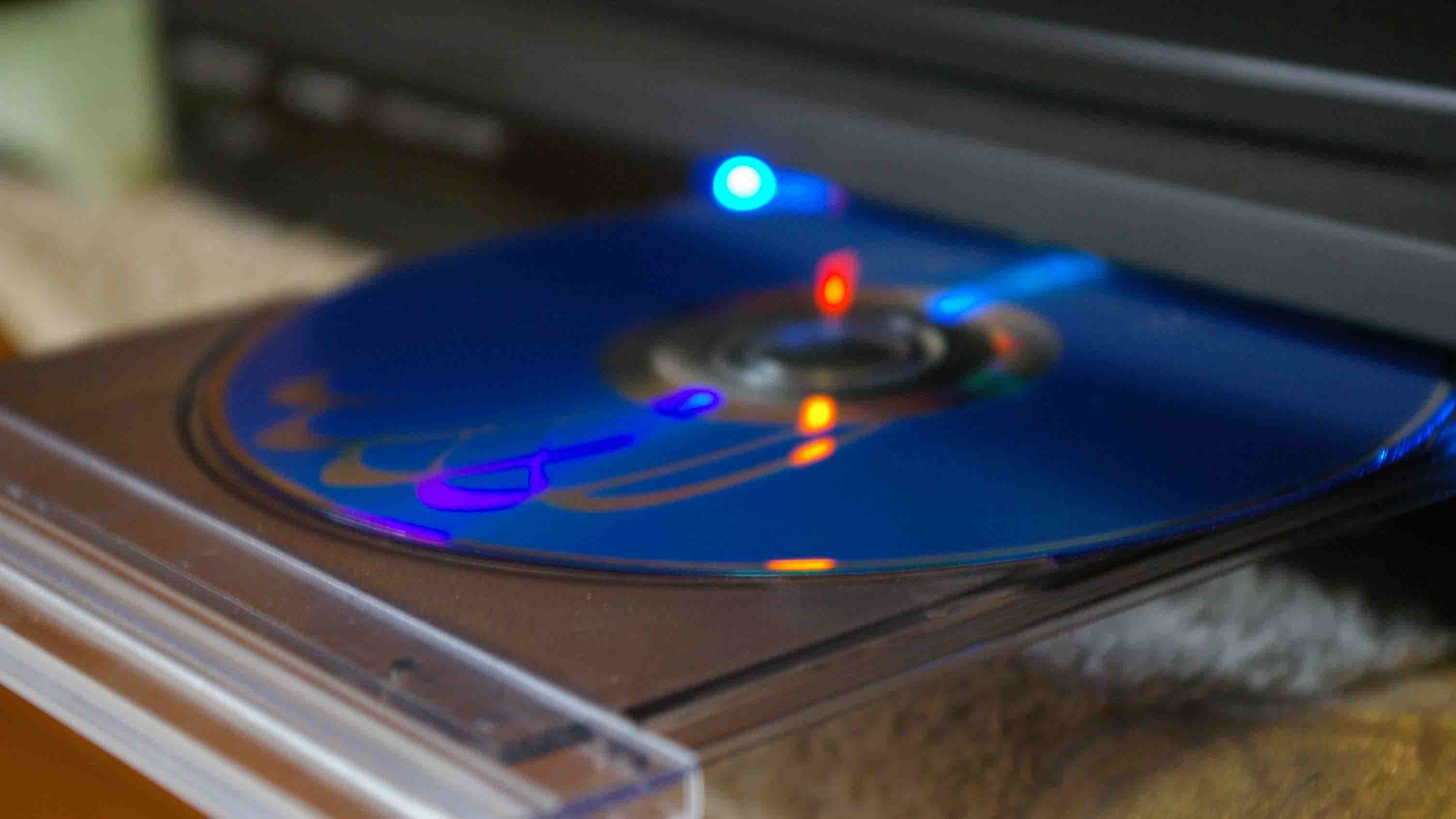
Pressure Die Casting: Professional Terminology
|
Term |
Definition & Context |
|
Pressure Die Casting |
A manufacturing process where molten metal
is injected under high pressure into a reusable steel mold (die). |
|
Hot-Chamber Die Casting |
A process where the injection mechanism is
immersed in a bath of molten metal. Ideal for low-melting-point alloys like
zinc and magnesium. |
|
Cold-Chamber Die Casting |
A process where molten metal is ladled into
a "cold" injection cylinder for each cycle. Used for
high-melting-point alloys like aluminum and brass. |
|
Die Casting Machine |
The equipment used to hold the die and
perform the injection and clamping actions. |
|
Clamping Unit |
The part of the machine that opens, closes,
and holds the two die halves together with immense force. |
|
Injection Unit |
The assembly that forces the molten metal
into the die. In a cold-chamber machine, this consists of the shot sleeve and
plunger. |
|
Clamp Force (Locking Force) |
The amount of force (measured in tons) the
machine exerts to keep the die closed against the injection pressure. It
determines the maximum projected area of a part that can be cast. |
|
Cycle Time |
The total time required to complete one
production cycle, from die closing to the next die closing. |
Category 2: The Die (Tooling)
|
Term |
Definition & Context |
|
Die (Tool) |
The reusable, precision-machined steel mold
that forms the casting. It is the most critical and expensive component. |
|
Cover Die (Fixed Die) |
The die half fastened to the stationary
platen of the machine. It usually contains the sprue hole or the shot sleeve
opening. |
|
Ejector Die (Moving Die) |
The die half fastened to the moving platen
of the machine. It contains the ejection system. |
|
Cavity |
The hollow impression or imprint in the die
that forms the external shape of the casting. |
|
Core |
A part of the die that forms the internal
features of the casting. Cores can be fixed or movable (slides). |
|
Parting Line (P/L) |
The plane or surface where the two die
halves meet. |
|
Slide (Angled Core) |
A movable core that moves perpendicular to
the die opening direction to form undercuts. It is actuated by an angle
pin or a hydraulic cylinder. |
|
Insert |
A separate piece of metal, often made of a
more wear-resistant material, inserted into the main die block to form a
specific, high-wear area. |
|
Vent |
A shallow channel or slot cut into the die
to allow air and gases to escape as the molten metal fills the cavity. |
|
Overflow Well |
A small cavity connected to the main part
cavity, designed to trap cold or oxidized metal that flows at the front of
the melt stream, improving the quality of the main casting. |
Category 3: The Injection System & Process
|
Term |
Definition & Context |
|
Shot |
A single cycle of injecting metal into the
die. The term also refers to the total volume of metal injected. |
|
Shot Sleeve (Cold Chamber) |
The horizontal cylinder in a cold-chamber
machine into which molten metal is ladled. The plunger moves through it to
force metal into the die. |
|
Plunger (Piston) |
The piston that pushes the molten metal
through the shot sleeve and into the die. |
|
Gooseneck (Hot-Chamber) |
The metal-filled tube in a hot-chamber
machine that connects the metal pot to the die. |
|
Slow Shot |
The first phase of the injection cycle
where the plunger moves slowly to allow metal to fill the shot sleeve without
trapping air. |
|
Fast Shot |
The second, high-speed phase where the
plunger accelerates to fill the die cavity rapidly before the metal
solidifies. |
|
Intensification (Final Pressure) |
The final phase where an extremely high
pressure is applied to the plunger after the cavity is filled. This pressure
compensates for shrinkage as the metal solidifies, creating a denser part. |
|
Biscuit |
The solidified plug of metal left in the
shot sleeve or gooseneck after the casting has solidified. |
|
Ladling |
The manual or automated process of
transferring molten metal from the holding furnace to the shot sleeve in a
cold-chamber machine. |
Category 4: Gating & Feeding System
|
Term |
Definition & Context |
|
Runner |
The channel system that carries the molten
metal from the sprue or biscuit to the gates of the part cavity. |
|
Gate |
The controlled, often small, entrance point
from the runner into the part cavity. Gate design is critical for controlling
metal flow and solidification. |
|
Sprue |
In a cold-chamber machine, the tapered
entrance from the shot sleeve to the runner system. In a hot-chamber machine,
it's the channel from the gooseneck. |
|
Ingate |
Another term for the gate. |
|
Overflow |
See Overflow Wellabove. |
|
Vent |
See Ventabove. |
Category 5: The Casting & Defects
|
Term |
Definition & Context |
|
Casting |
The finished part that has been formed by
the die casting process. |
|
Flash (Fin) |
A thin web or fin of metal that escapes
between the die halves (at the parting line) or around cores and ejector
pins. Caused by excessive injection pressure or die wear. |
|
Ejector Pin Mark |
The impression left on the casting by the
ejector pins. |
|
Undercut |
A feature on the casting that prevents its
direct ejection from the die, requiring a slide mechanism. |
|
Porosity |
Voids or pores within the casting, caused
by trapped air or shrinkage during solidification. |
|
Cold Shut (Cold Flaw) |
A surface defect appearing as a line or
crack, caused when two streams of metal meet but do not fuse together
properly. |
|
Soldering |
A defect where the molten metal welds
itself to the die steel, causing severe damage to the die surface and the
casting. |
|
Blister |
A surface bubble or raised area caused by trapped
gas expanding during a subsequent finishing process like painting or powder
coating. |
Category 6: Secondary Operations
|
Term |
Definition & Context |
|
Trimming |
The operation of removing the flash,
runners, and overflows from the casting, typically done in a hydraulic press
with a trim die. |
|
Deburring |
The process of removing small sharp edges
(burrs) left after trimming, often by tumbling or manual grinding. |
|
Shot Blasting (Bead Blasting) |
Propelling a stream of abrasive media
(e.g., steel shot) at the casting to clean the surface and improve its
appearance. |
|
Machining |
Performing secondary operations like
drilling, tapping, or milling on the casting to achieve features that are
impractical to cast directly. |
|
Impregnation |
A sealing process where a polymer or
sealant is vacuum-forced into the porosity of a casting to make it
pressure-tight. |
This vocabulary provides a solid foundation
for communicating effectively with die casters, tooling engineers, and product
designers involved in the pressure die casting process.